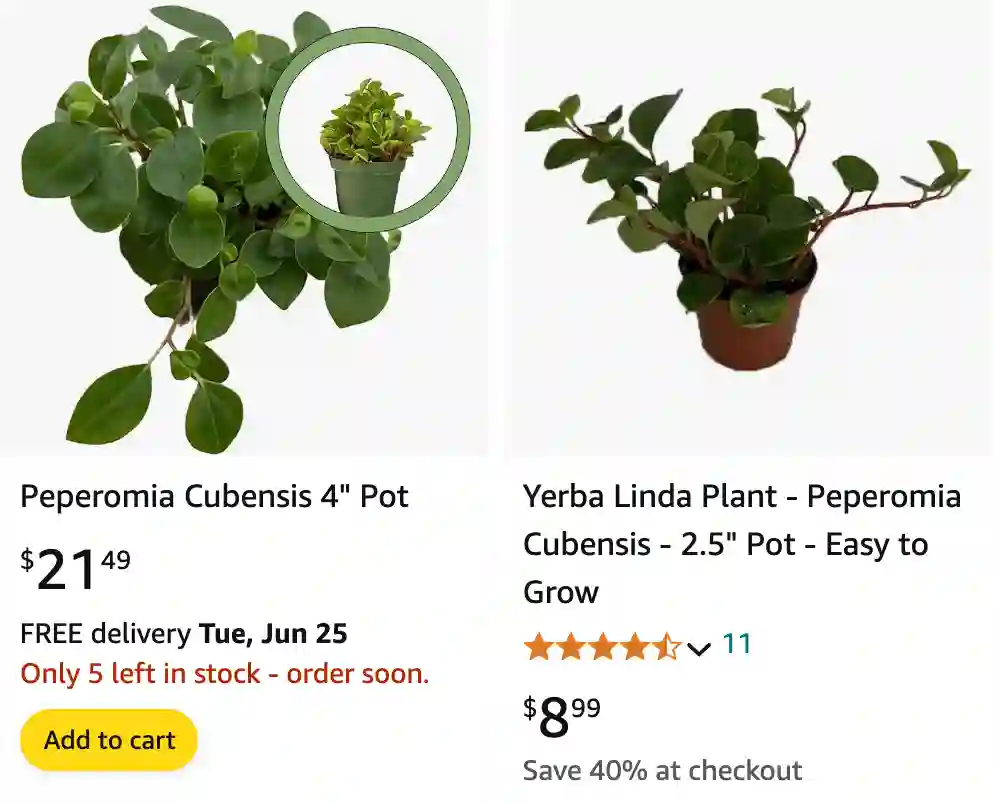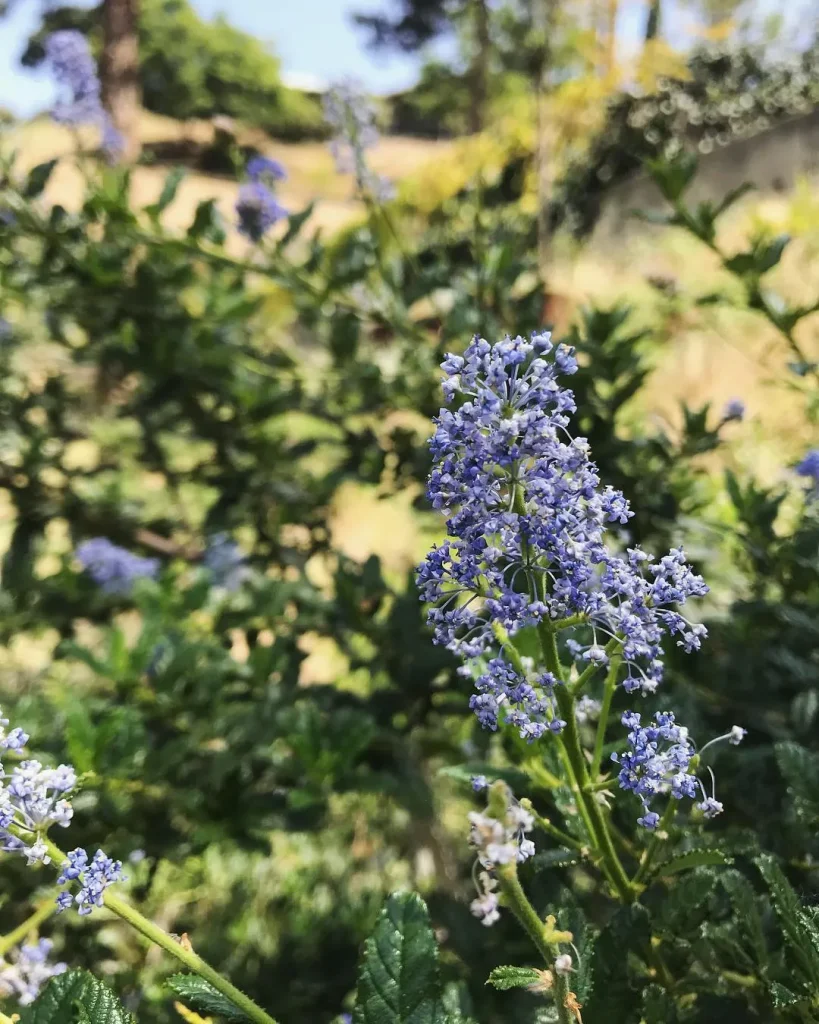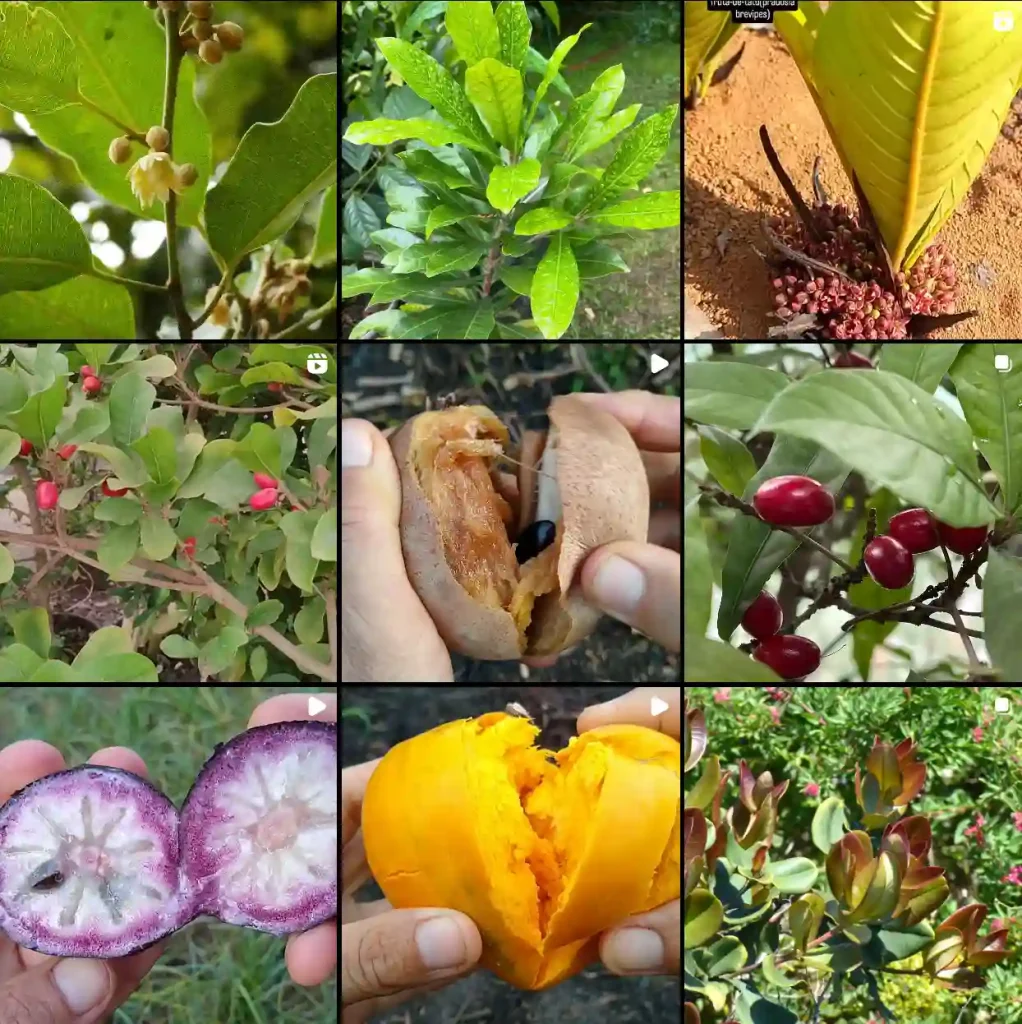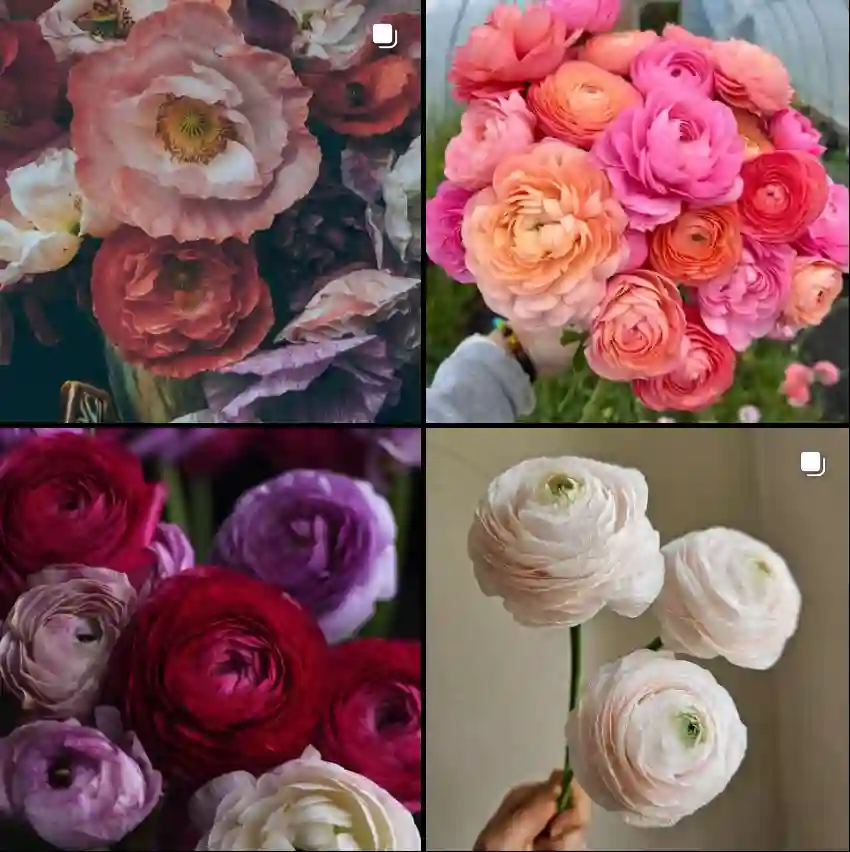
Peperomia Cubensis: A Guide to This Charming Compact Plant
Hi, Ferb Vu here! Today, we’re diving into the world of the Peperomia Cubensis, a captivating little plant that packs a punch in the charm department. This guide will answer all your burning questions about caring for this tropical wonder, from light and water needs to propagation and potential problems.
1424 Species in Genus Peperomia
Light: Bright and Indirect, Please
Imagine a sun-dappled forest floor. That’s the ideal light situation for your Peperomia Cubensis. Direct sunlight can scorch its delicate leaves, so keep it away from south-facing windows. Conversely, too little light can lead to leggy growth. East or north-facing windows with bright, indirect light are perfect.
Water: When in Doubt, Leave it Out
Overwatering is the arch-nemesis of the Peperomia Cubensis. Remember, its roots are semi-succulent, meaning they store water. Let the soil dry out completely between waterings. A good rule of thumb is to stick your finger into the soil. If the top inch feels dry, it’s watering time.
Soil: The Drainage Diva
Think well-draining when it comes to potting mix. A standard succulent or cactus mix works well. You can also create your own by combining potting soil with perlite or pumice for extra drainage.
Potting Up Your Peperomia Cubensis
These little guys don’t need a lot of legroom. Choose a pot that’s just slightly larger than the root ball. Terracotta pots are a good choice as they allow for better airflow and prevent root rot.
Temperature and Humidity: Tropical Vibes
The Peperomia Cubensis thrives in warm, humid environments. Aim for temperatures between 65-80°F (18-27°C). If your home is on the dry side, consider using a pebble tray or humidifier to increase humidity around the plant.
Fertilizer: A Light Touch
While not heavy feeders, a light feeding during spring and summer with a balanced fertilizer diluted to half strength is beneficial. Skip fertilizing in fall and winter.
Propagation: Sharing the Peperomia Love
Peperomia Cubensis can be easily propagated from stem cuttings. Take a healthy stem tip with a few leaves and plant it in a well-draining potting mix. Keep the soil moist but not soggy, and provide bright, indirect light. Patience is key – roots can take a few weeks to develop.
Common Peperomia Cubensis Problems
Leaf Drop: The most common culprit here is overwatering. Let your plant dry out completely between waterings.
Brown Leaves: This could be due to sunburn, underwatering, or lack of humidity. Adjust light and watering accordingly, and consider using a humidifier.
Pests: Mealybugs and scales are occasional visitors. Treat them with insecticidal soap or neem oil.
Peperomia Cubensis vs. Peperomia Obtusifolia
Both the Peperomia Cubensis and Peperomia Obtusifolia (Baby Rubber Plant) are popular choices for houseplant enthusiasts. Here’s a quick comparison:
- Size: Peperomia Cubensis is a more compact plant, growing to about 8 inches (20 cm) tall, while the Peperomia Obtusifolia can reach up to 3 feet (1 meter).
- Leaves: Peperomia Cubensis has heart-shaped, fleshy leaves, while the Peperomia Obtusifolia has oval, glossy leaves.
- Light: Both prefer bright, indirect light.
- Water: Both need well-draining soil and dislike being soggy.
Ultimately, the choice between these two charming Peperomias depends on your preference and available space. The Peperomia Cubensis is a great choice for those looking for a low-maintenance, compact plant, while the Peperomia Obtusifolia offers a more substantial presence.
Conclusion: The Peperomia Cubensis – A Rewarding Companion
With its charming foliage and easy-going nature, the Peperomia Cubensis is a delightful addition to any home. By following these simple tips, you can ensure your little plant thrives and brings a touch of the tropics to your space. Happy planting!
If i die, water my plants!



